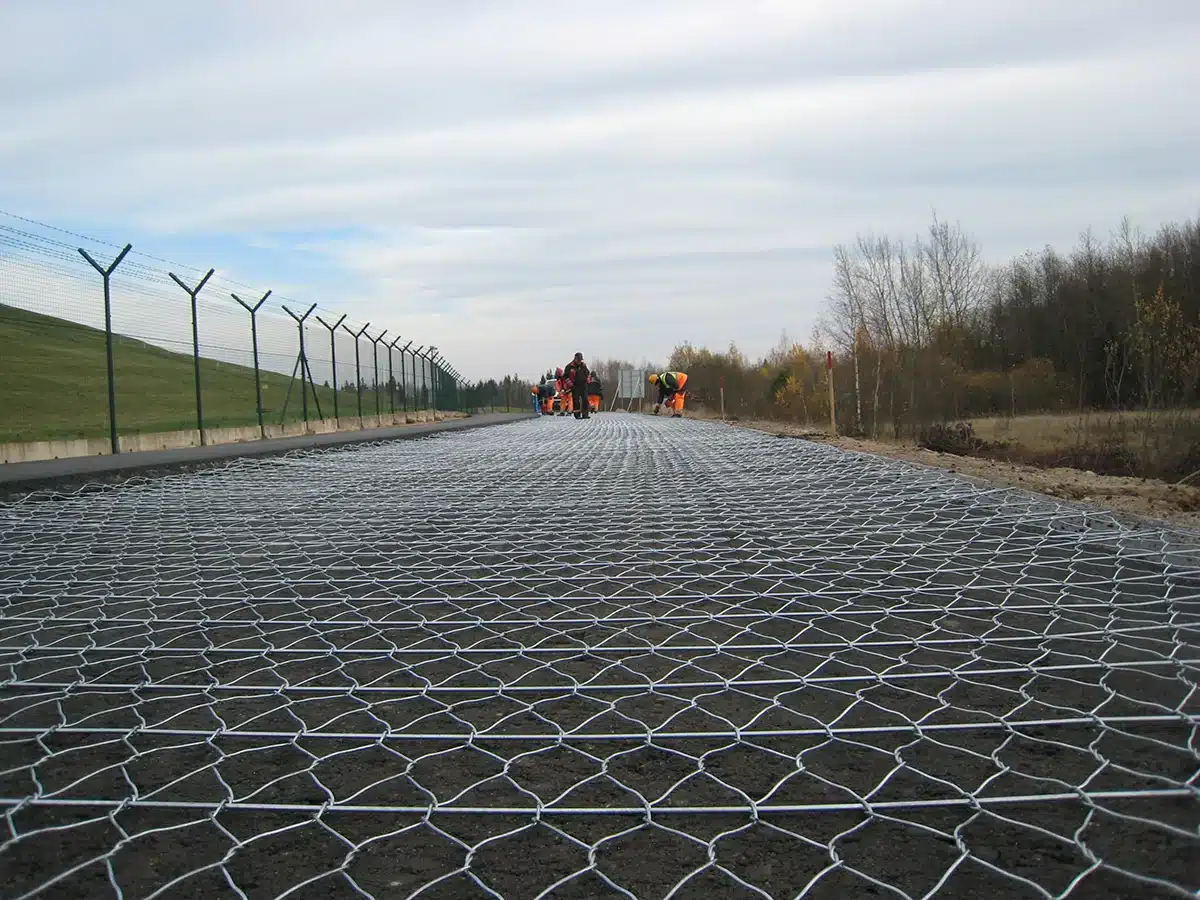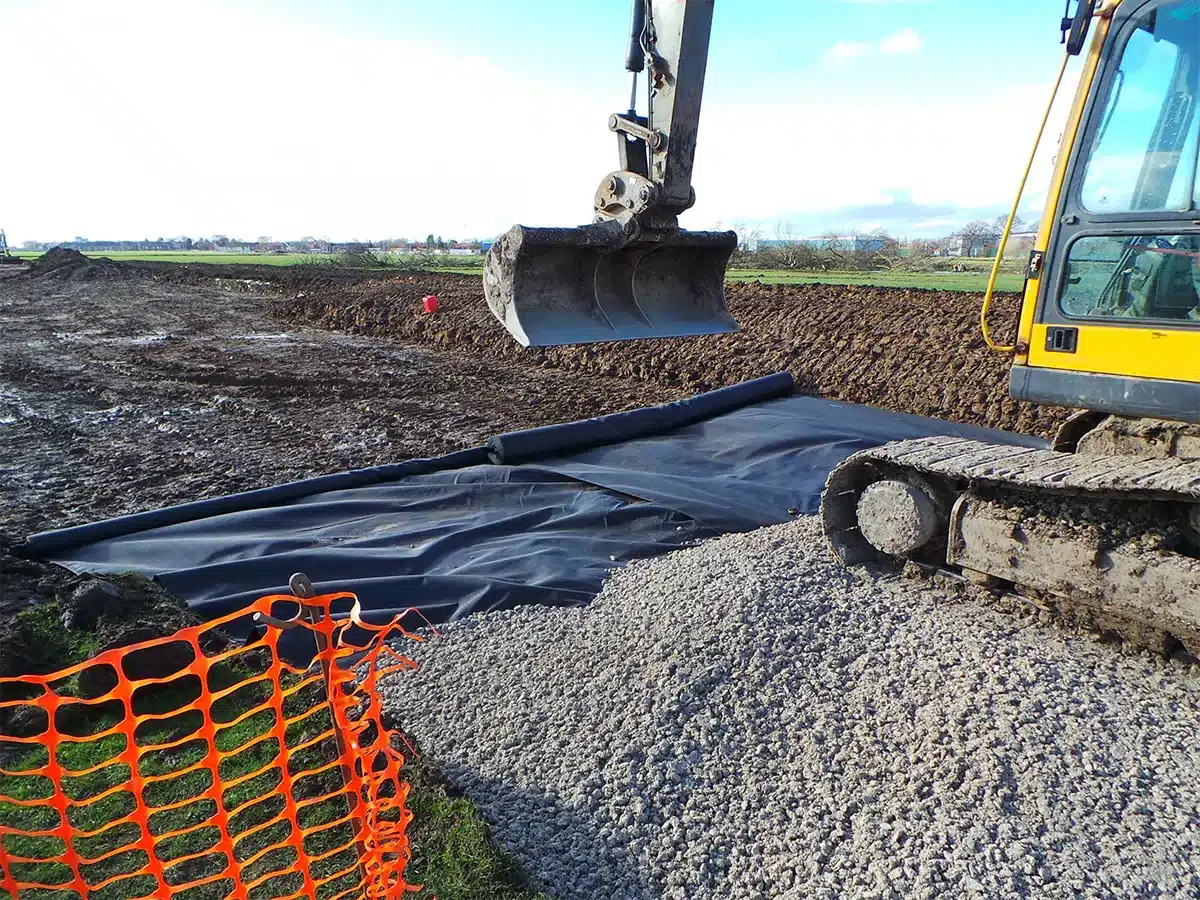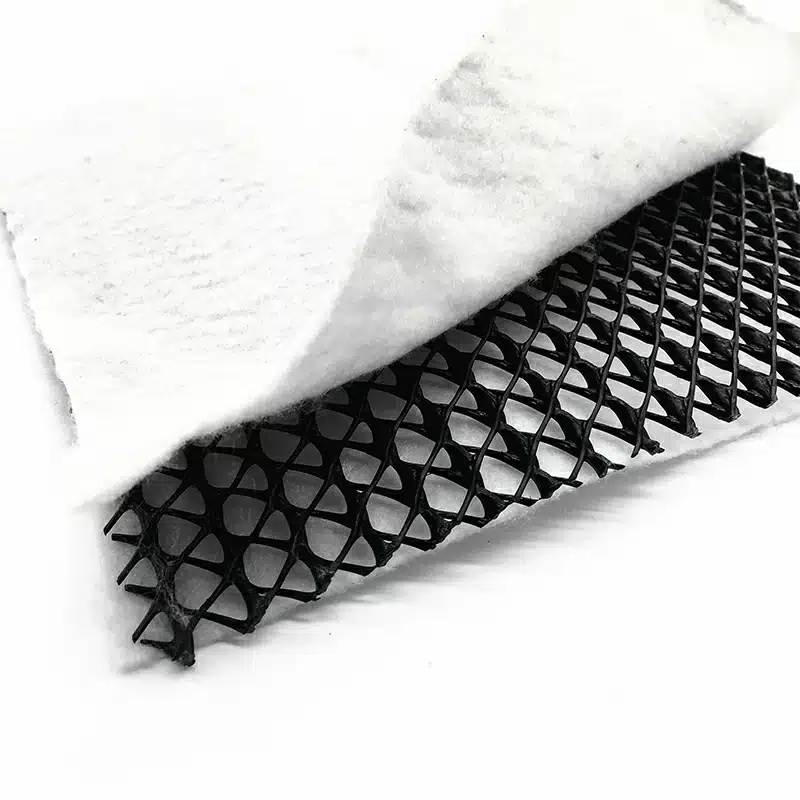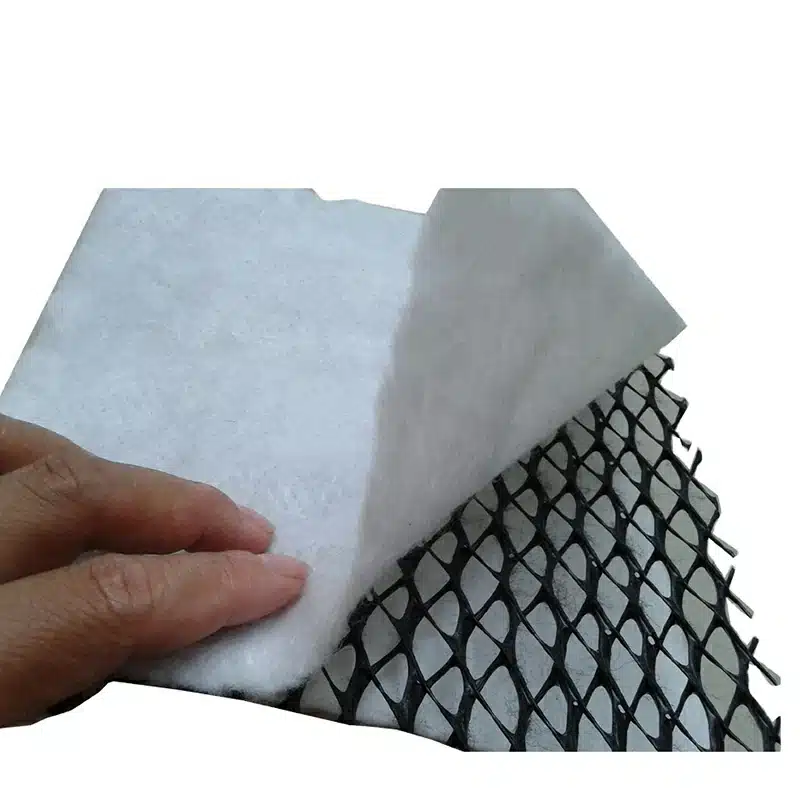+86-159 9860 6917
info@geofantex.com
geofantex@gmail.com
+86-400-8266163-44899
In the realm of environmental engineering and waste management, “geocomposite gas” systems are emerging as a pivotal technology for efficient gas filtration and containment. These innovative materials blend the functionality of geotextiles with specialized components designed to capture and transport gases from various sources, including landfills, contaminated sites, and industrial facilities. This article delves into the significance, applications, and technological advancements surrounding geocomposite gas systems, providing a comprehensive insight into their role in modern environmental solutions.

What are Geocomposite Gas Systems?
Geocomposite gas systems are engineered materials that combine multiple layers, including geotextiles, geomembranes, and geonets, to collect and convey gases generated from the decomposition of organic material in landfills or other biological and chemical processes in the soil. They are designed to facilitate gas migration to collection points, preventing the build-up of harmful gases in the subsurface environment and mitigating potential risks to human health and the environment.
How do Geocomposite Gas Systems Work?
These systems work by providing a path of least resistance for gas to travel from areas of high concentration to lower concentration or a collection and treatment facility. The geotextile component acts as a filter, preventing the passage of soil or waste particles that could clog the system, while the geomembrane layer serves as a barrier to liquids and gases, directing gas flow within the geonet structure. This setup ensures efficient gas extraction and transport, contributing to safer and more effective waste management practices.

Where are Geocomposite Gas Systems Used?
Geocomposite gas systems are widely used in landfills to manage methane and other gases generated by decomposing waste. They are also applied in remediation projects to control gas migration from contaminated soils, in civil engineering projects to alleviate gas pressures under buildings and infrastructures, and in agricultural operations to enhance soil aeration. Their versatility and efficiency make them indispensable in projects where gas management is a critical concern.
What are the Benefits of Using Geocomposite Gas Systems?
The use of geocomposite gas systems offers numerous benefits, including improved environmental protection by preventing gas release into the atmosphere, enhanced safety through reduced risk of explosions and asphyxiation, and increased operational efficiency in gas collection and energy recovery processes. Additionally, these systems contribute to regulatory compliance, helping facilities meet stringent environmental standards and reducing the potential for fines and legal action.
Geocomposite gas systems represent a significant advancement in environmental engineering, offering a multifaceted solution to the complex challenge of gas management. By efficiently capturing and transporting harmful gases, these systems play a crucial role in safeguarding human health, protecting the environment, and enhancing the sustainability of waste management and industrial processes. As technology advances and environmental regulations become more rigorous, the importance of geocomposite gas solutions in modern engineering and environmental protection efforts is set to grow, marking a promising future for this innovative field.



Get Free Sample
We’ll respond as soon as possible(within 12 hours)






















